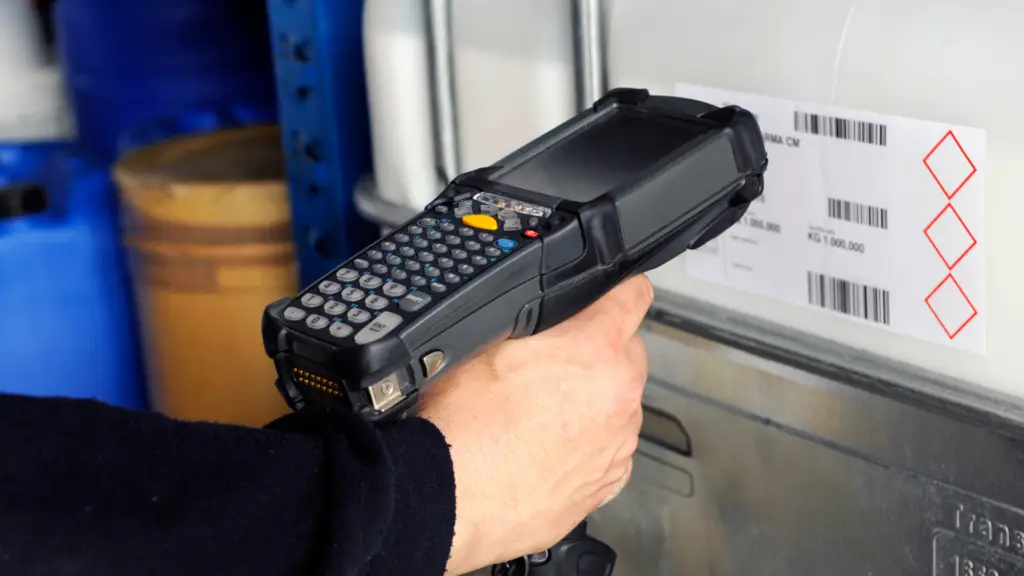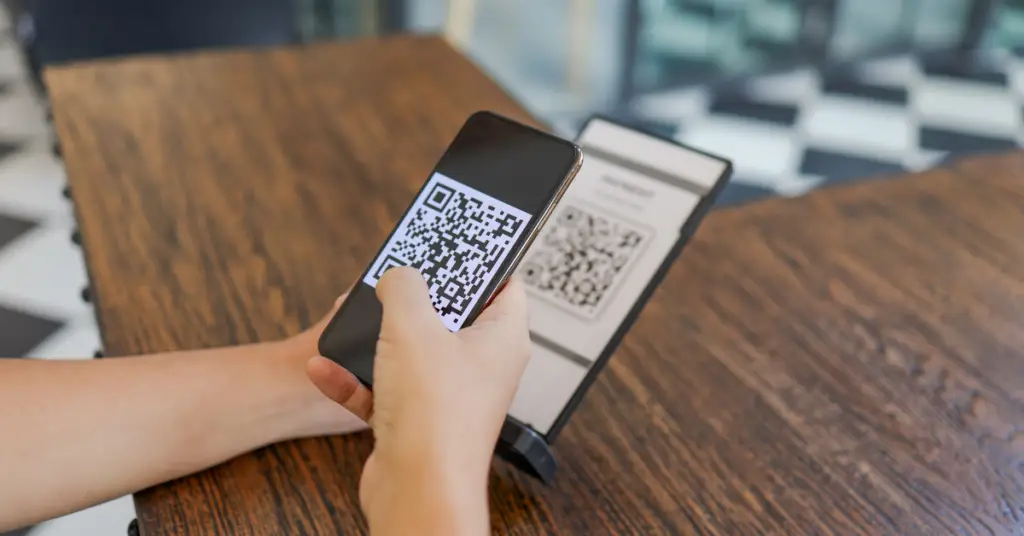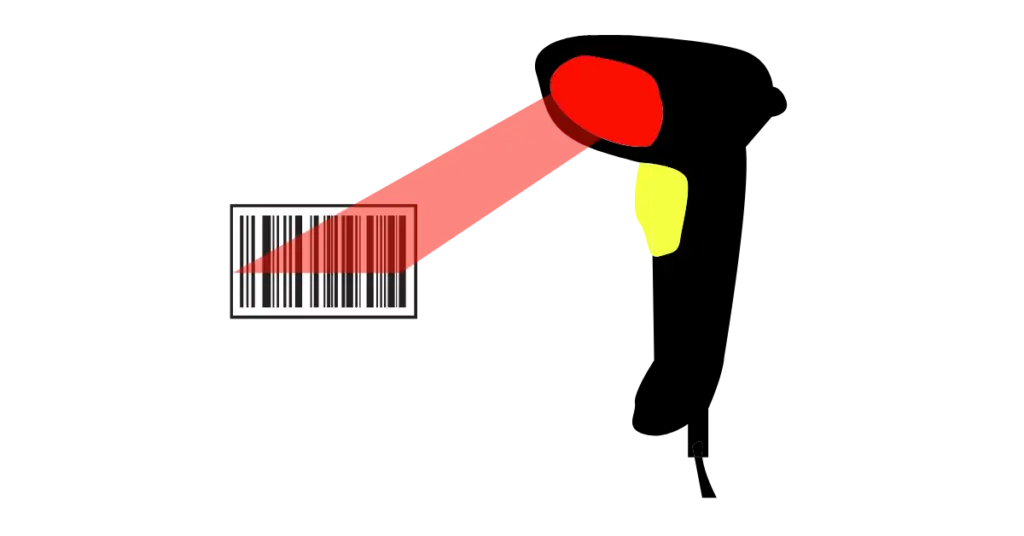Barcoding your products is an essential step in modernizing your business operations. Barcodes offer a simple and effective way to manage inventory, track products, and enhance customer experiences. Whether you’re a small business owner or an entrepreneur just starting out, learning how to barcode your products can significantly improve your efficiency. This guide will help you understand what barcodes are, the different types available, and how to obtain barcodes for your products.
What is a Barcode?

A barcode is a machine-readable visual representation of data. It typically consists of black-and-white lines that vary in width. These lines encode information that a barcode reader can quickly scan and interpret. Barcodes often include details such as the product’s manufacturer, category, and price.
When scanned, a barcode reader interprets the pattern of bars and spaces. The reader converts this pattern into a numerical or alphanumeric code and sends the information to a connected system. This system could be a point-of-sale terminal, inventory management software, or any platform that relies on product information.
Barcodes are widely used across retail, manufacturing, and logistics industries. They help in tracking products, managing inventory, and reducing errors in sales transactions. In addition to retail, barcodes track assets, monitor production processes, and manage patient information in healthcare.
Different Types of Barcodes

Understanding the different types of barcodes is essential for choosing the right one for your products. Here are some common types:
UPC (Universal Product Code)
UPC is the most recognized barcode format in North America. It is a 12-digit numeric code used primarily in retail to identify individual products. Each product in a store has a unique UPC, helping retailers track sales, manage inventory, and ensure consistent pricing.
EAN (European Article Number)
EAN barcodes are similar to UPCs but are used mainly outside North America, especially in Europe. The EAN-13 is the most common variant, a 13-digit code widely used in international retail. The EAN-8, a smaller 8-digit barcode, is used for products with limited space.
Code 39
Code 39 barcodes can include both numbers and letters, unlike UPCs and EANs, which are numeric. This flexibility makes them popular in logistics and manufacturing, where products or parts may need labels with a combination of numbers and letters. They are often used for labeling inventory, equipment, and industrial products.
QR Codes (Quick Response Codes)
QR codes are two-dimensional barcodes that store a significant amount of information, including URLs, text, and other data types. They are widely used in marketing, advertising, and mobile payment systems. QR codes are read both horizontally and vertically, allowing them to hold more data.
Code 128
Code 128 is known for its high data density and is often used in shipping and supply chain management. It can encode a large amount of information in a small space, making it ideal for applications where space is limited.
How to Get a Barcode for Your Products

Acquiring a barcode for your products is straightforward but involves several key steps.
Identify Your Needs
Determine your business needs before obtaining barcodes. Consider whether you are selling products in a retail environment or need barcodes for internal inventory management. Your product types, industry, and sales location (local or international) influence the barcode type you need.
Register with GS1
Registering with GS1, a global organization that standardizes barcodes, is the most reliable way to obtain one. GS1 provides you with a unique company prefix that forms the basis of your barcodes. This prefix creates unique identifiers for each product.
Assign Product Numbers
After obtaining your company prefix, assign product numbers. Each product needs a unique identifier, which, combined with your company prefix, forms the complete barcode number. Keep a record of the product numbers to avoid duplication and ensure consistency.
Generate Barcodes
Generate the actual barcodes using barcode generation software. The software converts the numeric code into a visual barcode that you can print on your product packaging, labels, or tags. Some tools also create digital versions of barcodes for online use.
Test Your Barcodes
Testing barcodes before use is crucial to ensure they scan correctly and are compatible with your system. Use barcode generation software’s testing feature or a handheld scanner to verify that each barcode is readable and accurately linked to product information.
Integrate with Inventory Management
Integrate barcodes into your inventory management system to track sales and manage reordering. Barcoding reduces manual errors and streamlines inventory processes, making it easier to monitor stock levels, manage orders, and forecast demand.
Train Your Staff
Train your staff on using barcodes in daily operations. Ensure they are comfortable scanning products at the point of sale, updating inventory records, and generating reports. Proper training maximizes the benefits of your barcode investment and ensures smooth operations.
Conclusion
Barcoding your products is essential for modernizing your business and improving efficiency. Understanding the different barcode types and following the steps to obtain them ensures your products are easy to track, manage, and sell. Whether starting or upgrading your system, barcoding offers a reliable solution for better inventory control, streamlined operations, and enhanced customer satisfaction. Integrating barcodes into your business sets the stage for growth, accuracy, and success in today’s competitive market.






